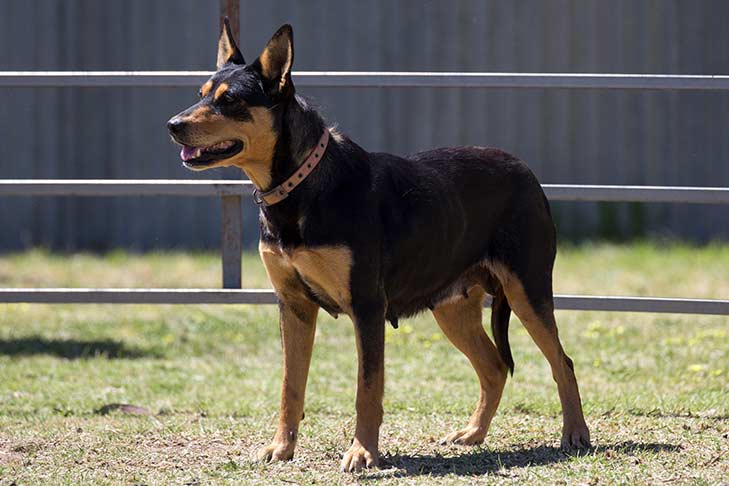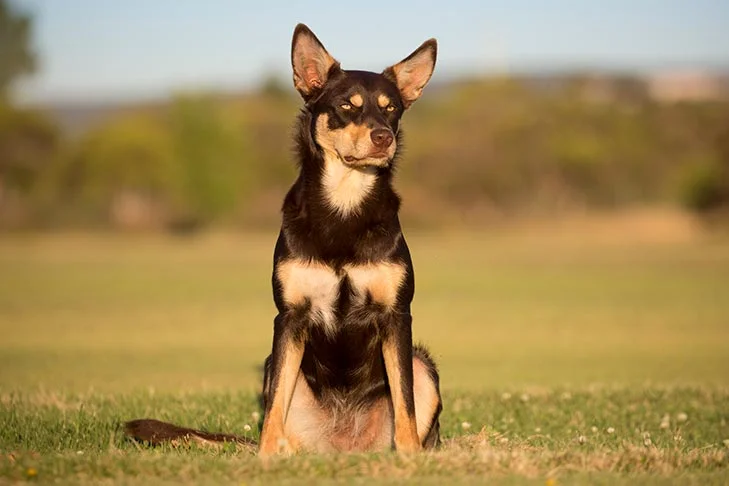The Working Kelpie is incredibly attentive, enthusiastic, and smart. His open, amiable, lively, yet calm demeanor strikes a solid balance between his desire to work and his capacity for relaxation. The Working Kelpie is an energetic dog with seemingly limitless energy. They are devoted to their work and have a strong inherited natural inclination for working sheep and other livestock in both open fields and yards. The Working Kelpie has a medium-sized, lithe, athletic, heavily-muscled physique that suggests its capacity for tireless labor. Reindeer, goats, cattle, and of course, sheep have all been effectively managed under his leadership. In Sweden, kelpies have hauled sleds and earned police dog titles.
Additionally, they are frequently employed as search and rescue canines. Kelpies require company. He can be content to spend hours on the chain, but he also needs to spend time with you every day and get exercise by going for walks or playing with a ball or a stick. This working breed of dog cannot be expected to spend all day outside without any mental or physical exercise. Inevitably, he will start looking for a job, which may involve chasing automobiles and attempting to “work” them like sheep. A Working Kelpie makes a great family pet, gets along well with “his” kids, and almost all of them live peacefully with other household pets due to their inherent gentleness.









 Health
Health Grooming
Grooming Exercise
Exercise Training
Training Nutrition
Nutrition